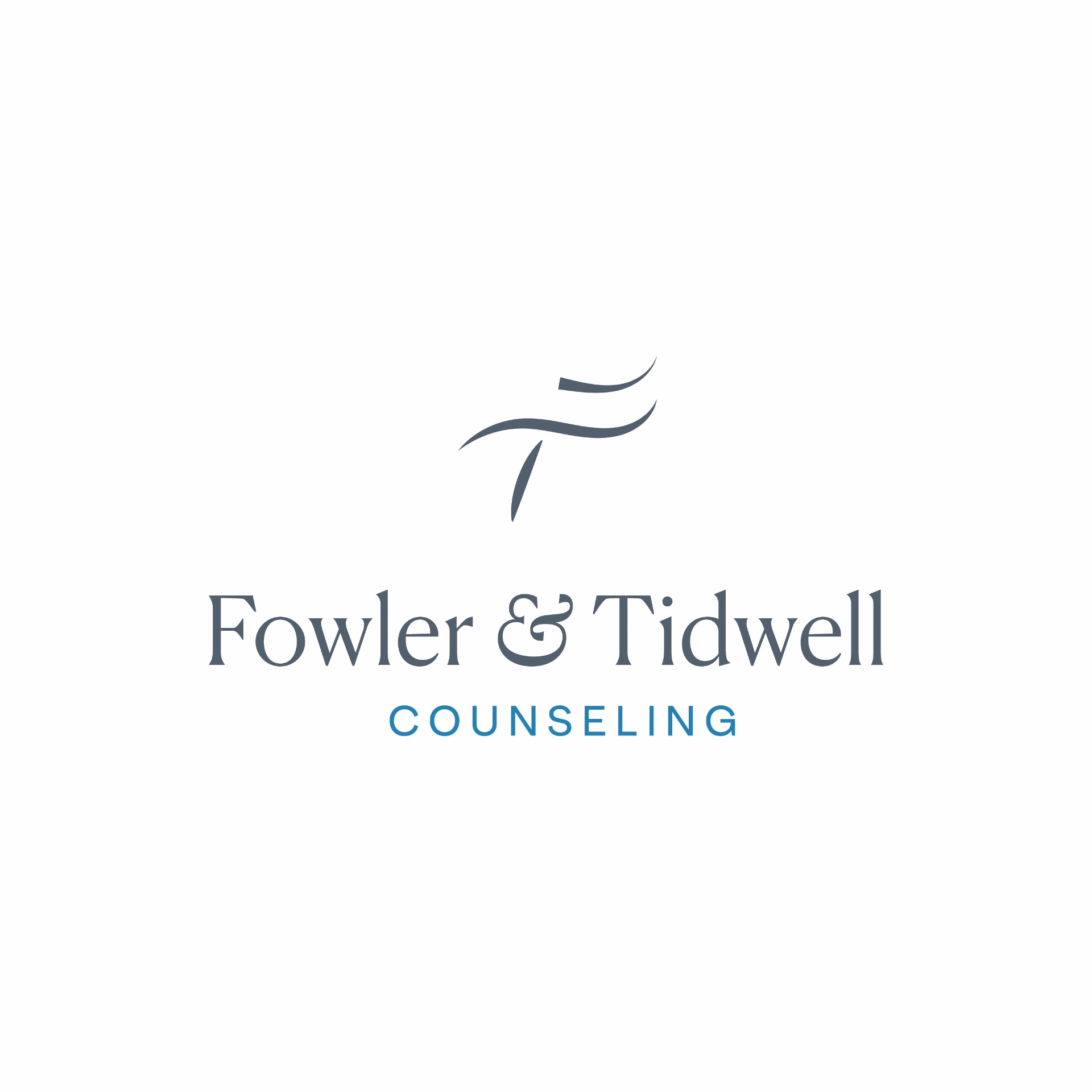The Evolution of LGBTQ+ Affirmative Care in Mental Health

Creating an environment of LGBTQ+ Affirmative Care in Mental Health has come to the forefront in recent years. Providers are learning a new distinct language and culture that should not be new. There are countless articles for LGBTQ+ Affirming Care that can educate the professional and community on terms and general. Behind the terms are people with lives, hurt, families, average relationships with problems, stressful careers, trauma, and every variety of mental health concerns.
Identity and orientation issues in a particular person have been more and more the realm of kids, adolescents, and maybe very young adults. Most of this community that I serve come to therapy for more universal problems. You need to understand some history/historical trauma, language/terminology and stigma that is still alive and well. However, most of my adult clients are coming to therapy for simply anxiety, depression, martial conflict, and family conflict. They are often frustrated by non-community helpers who are over focused on their membership in the community and not their presenting problem, problems which are the same as anyone coming in with those universal mental health issues, until they are not. My experience as a professional is not the only experience, or opinion. I welcome diverse opinions and experiences of those who consistently serve this community. Different professional voices serve only to provide the robust choices others are afforded in mental health care. I believe we are moving past simply relying on terms, generalities, and stereotypes. Some providers are finally getting to know a diverse and rich set of cultures.
While I stress that most of my clients are coming in for the usual problems any other community are coming in for, there are some things my clients say that are LGBTQ+ community bound.
Not The Same Cookie Cutter
The first consideration for providers might be that while united in voice for the protection and civil rights of those who embody those letters, each letter has a distinct culture, language, experience, and generational trauma. A Gay man is not the same as a Trans individual. While they may share some common experiences, they are distinct cultures and those behind the + are just emerging. I believe providers need to know as much as they can about these cultures before serving them, as the individual should not have to explain themselves, particularly when they are not coming in to care for things related to their identification.
Parenting And Children
I have counseled several elder couples who will say things in passing during an assessment like, “We have been together for over 35 years, but we have only been married seven” and are older parents by virtue of being denied parenthood as an intact family until later in life. On the latter, they will likely to be coming in with the same challenges of those who had children in later life, but it is important to know why. If their culture is an element in the presenting problem, I assure you they will tell you.
Dead Names (Trans Community In Particular)
Many if not all members of the Trans community reject the name they were assigned at birth (dead name). This can be true of the Gay and Lesbian community, as well though. The individual moves away from someone they felt they never were. To not acknowledge this is to not acknowledge them. At best, to use the dead name is the equivalent to repeatedly mispronounce, or call someone by the wrong name. For the individual, it ranges from irritating and insulting to traumatizing.
In a healthcare setting, registering for school, or in legal transactions that require birth or early school records, this can be an access barrier in critical life endeavors. This is true of mental health providers, particularly in assessment, crisis care, benefit access, and first sessions.
Gender Pronouns
This is improving as society and the mental health provider community are getting more comfortable with gender neutral pronouns or asking as a part of initial communications and intake. However, many I work with comment on being misgendered. Like with dead names, my clients will report it feeling insensitive and sometimes feeling devalued.
Youth Transitions In Identity/Acceptance
This is a place where I hear the most presenting problems with identity and orientation. While all young people are on a journey of self-discovery, this can be especially hard for youth in the LGBTQ+ community. This is also improving, but the subject of identity and orientation is regularly a topic with this population.
Of special note, as part of the development process, it is not uncommon for youth to shift between the letters to find their fit. They typically know they are a part of the LGBTQ community, but do not always know which exact culture.
Other Things to Consider
Poor access to sensitive health care is something I hear in sessions from this community. This can be as severe as the suggestions I presented in the section on dead names, but the problem can include other issues. General health discussions with providers are reported to be complicated. Mental Health professionals can play a role in helping clients find other health providers that can have productive health conversations and coach clients on how to have personal and private conversations with their providers. But we must know how ourselves.
Lastly, the fetishizing of their sexuality and identity, rather than the presenting problem is one of the most common things I hear when my clients in this population are seeking care. Mental health care is cited the most common place they face this. As the mental health community becomes more educated, we can open doors and provide better care while modeling this approach for other health providers.
Written by Samantha Thornton, LPC

